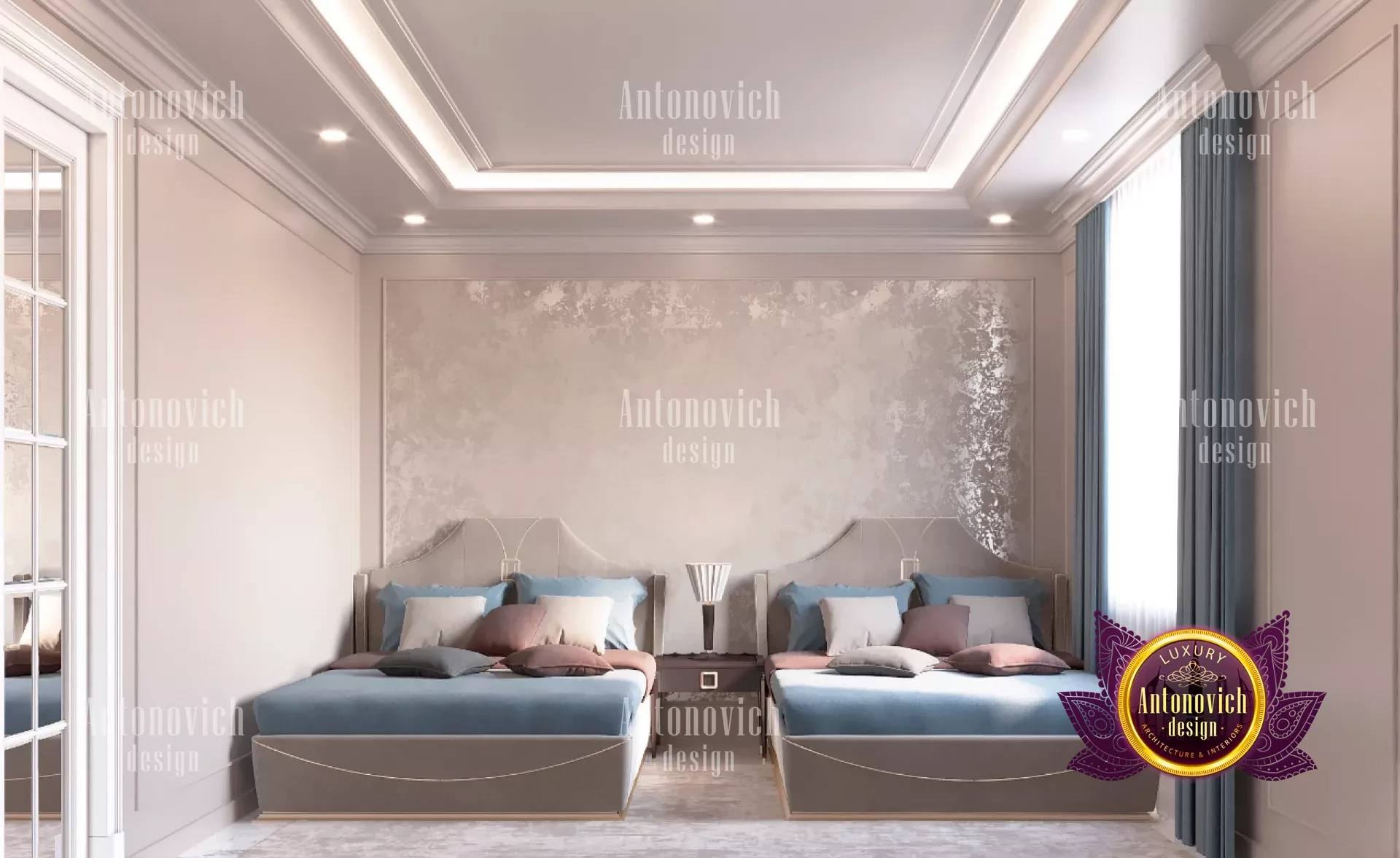MAKE YOUR BEDROOM FEEL LIKE STAYING IN A HOTEL ROOM
Adhere to your own distinctive style. Don't get so wrapped up in decorating suggestions that you wind up with a bedroom interior New York that doesn't feel right to you when brainstorming bedroom ideas New York. Your bedroom should feel comfy and personalized to your requirements, so ask yourself what appeals to you along the route. If you have a particular preference, such as flora or upholstered headboards, make room for it in your design ideas. Keep in mind the ceiling. The ceiling is the largest clean surface in your bedroom, yet most inexperienced house decorators overlook it entirely—making it a great untapped resource in any space. Consider painting or wallpapering your ceiling with a delicate hue or pattern to add a special touch to your bedroom. If you're weary of DIY ideas and want an extra sophisticated bedroom decor New York, consider having a molded ceiling installed. Think about a nook. Your bedroom should feel like a sacred space where you may unwind. If you have the space and want to add a little bit more to make your bedroom feel like home, consider creating a quiet enclave for yourself. A window seat, a loft, or even a comfortable chair and footstool are all excellent places to whisk oneself away for some alone time.

When we enter into a wonderful hotel room, we immediately notice: that everything is correctly proportioned, the bed is meticulously made. The lighting provides a soft glow on appealing and functional furnishings. The rug is excellent for bare feet, and the artwork is eye-catching but not overwhelming. Hoteliers easily create their guest rooms, but what about decorating your bedroom at home? It could come down to a few décor blunders that designers always notice when they step inside their clients' bedrooms. Small mistakes, such as neglecting clutter or failing to address mood lighting, can have a significant impact on the overall look and feel of a room. We asked some of the industry's greatest interior designers to reveal the blunders to avoid at all costs when designing a bedroom. While not as obvious as bed size, the size of your rug in proportion to your décor and furniture has an impact on design. Don't be scared to go big—pick a rug that's at least as big as your bed. You've chosen the appropriate size that you can comfortably step out of bed onto your rug on all sides. When you've measured your furniture and have enough walking space in your bedroom, it's time to think about color. Choose a color palette that complements each other without conflict. Relaxing hues can be just as soothing as neutrals, so choose a statement undertone that makes you feel calm—like this lovely sage green bedding—and accent it with décor.

Because you are not always asleep in your bedroom, it is critical to have a variety of light sources. This allows you to customize the ambiance based on your needs: for reading in bed at night, softer lighting can help you unwind after a long day. For getting dressed in the morning, on the other hand, a strong overhead light source that illuminates your everyday clothing is beneficial. Layering your bedding is a great way to make your bedroom feel particularly warm (and dynamic). Choose complementing colors that contrast with one other and can be mixed across your bed. Choose diverse textures that bring distinct moods to the space for more texture and visual appeal. Patterns are fun to decorate with and can make a strong statement when used correctly. At the foot of the bed, two different patterns of stripes play off each other, while minimalist circles in the throw pillows contrast them. The secret to this room is the use of several patterns with subtle textures that, when combined, bring blended elements to the area.











